Hemp and Biochar: for soil fertility and climate protection
Nowadays, agriculture must maintain soil fertility while also reducing greenhouse gas emissions. The combination of hemp and biochar could help achieve healthier soils, lower emissions and more sustainable agriculture.
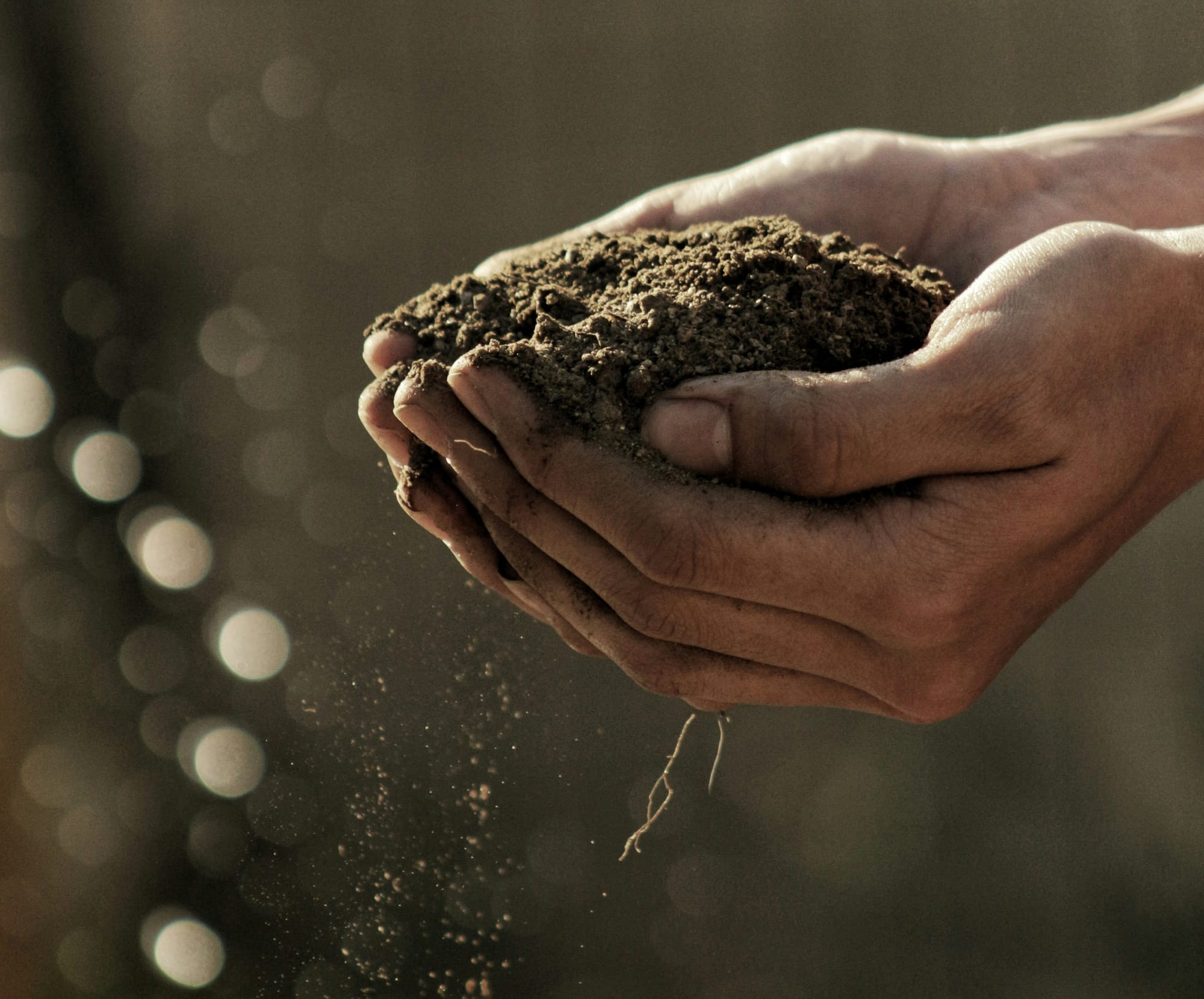
Agriculture today faces a dual challenge: soils must be kept fertile while greenhouse gas emissions need to be reduced. A potential support for this mission could lie in the combination of hemp and biochar. Researchers and companies see an opportunity here to amplify the positive effects of both—for healthier soils, lower emissions, and more sustainable agriculture.

What is biochar – and why is it suitable for hemp?
Biochar is a carbon-rich material produced by pyrolysis – the process of heating plant residues such as wood, straw or hemp stalks in the absence of oxygen. Instead of the organic material burning to ash, a stable, porous carbon structure remains.
This can be stored in the soil for decades, actively binding CO₂ that would otherwise be released back into the atmosphere. Biochar also improves soil structure: it stores water like a sponge, binds nutrients in the root zone and provides a habitat for microorganisms. This creates more fertile, resilient soil.
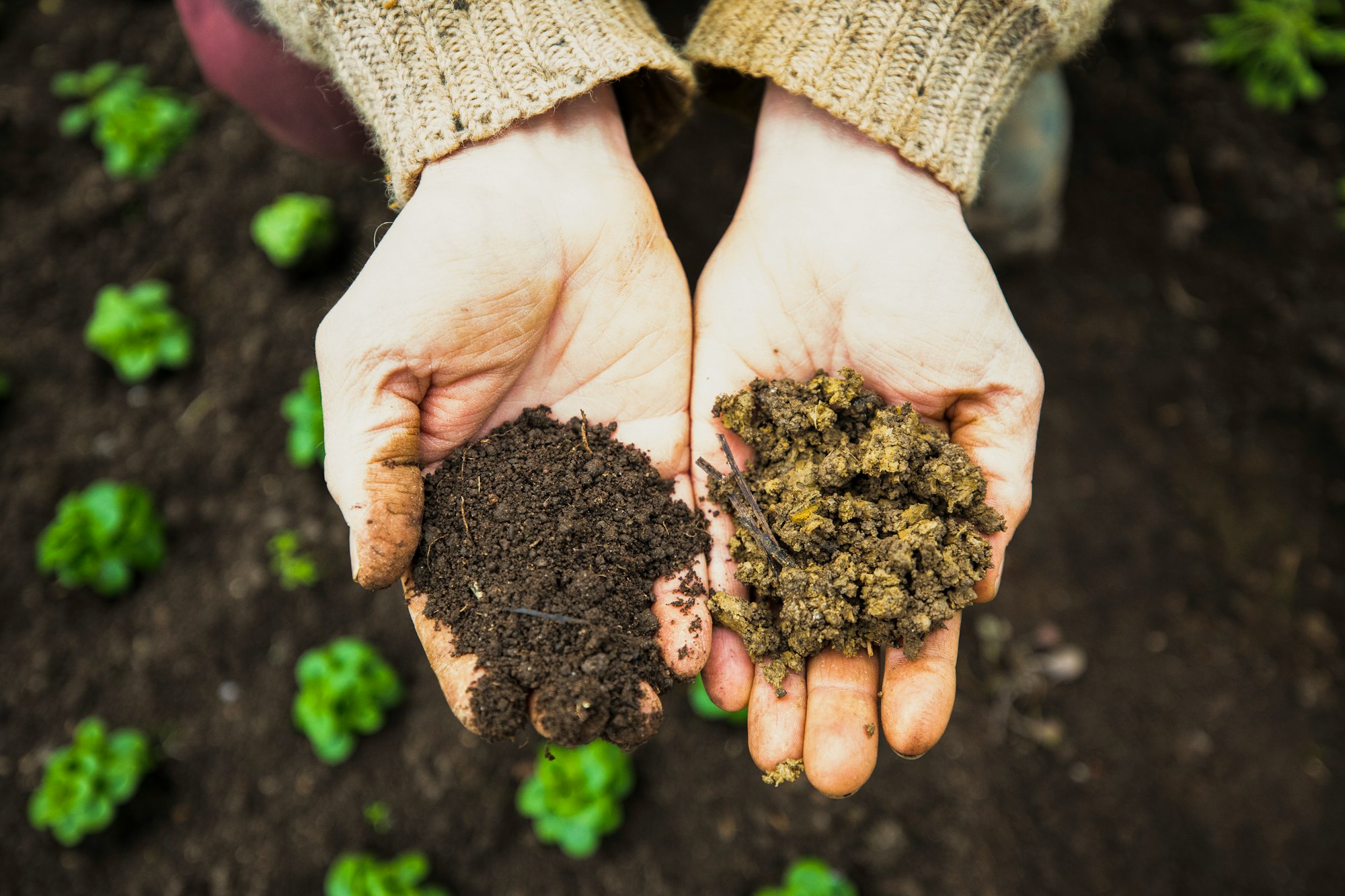
Hemp, for its part, has its own unique advantages: its rapid growth and deep root system loosen compacted soils, draw nutrients from deeper layers to the surface and increase the humus content. Hemp is also able to absorb pollutants from the soil – a process known as phytoremediation. Even as a rotational crop alone, it significantly improves soil health.
So the idea is obvious: combining hemp with biochar could not only add up the advantages of both systems, but even multiply them.

This is precisely what a large-scale research project at Washington State University (WSU), funded with $5 million from the US Department of Energy, is currently investigating. Over a period of six years, scientists will test how the combination of hemp cultivation and biochar addition affects soil, plant growth and greenhouse gas emissions.
On experimental fields in Washington State, operated by indigenous farmers among others, hemp is being grown in crop rotations with maize, wheat or chickpeas. At the same time, different types and quantities of biochar are being tested. Using modern measurement methods, including spectroscopy probes for real-time CO₂ analysis, the project is precisely recording how much carbon is actually stored in the soil and how soil health changes in the long term.

Project manager Dr David Gang is convinced that the two methods together could have a greater impact than either alone: increased soil fertility, reduced fertiliser requirements, higher water storage capacity – and an effective contribution to climate protection.

Hemp as a raw material for biochar
What is particularly exciting is that hemp is not only useful in combination with biochar – it can itself become a source of raw material for biochar. After harvesting seeds, flowers or fibres, large quantities of stems and husks remain, which until now have often had little economic value. These residues can be processed into biochar in pyrolysis plants.
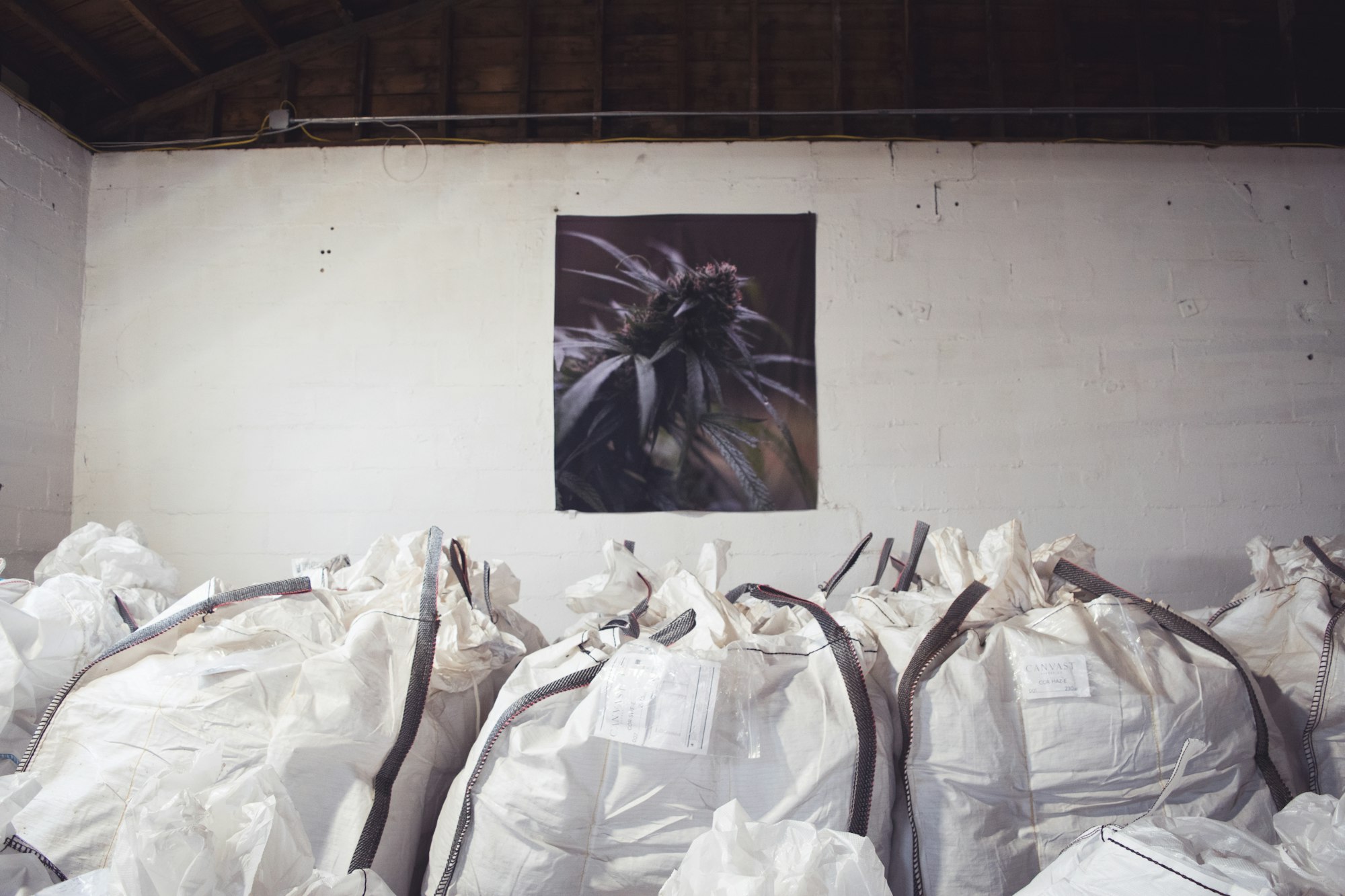
This makes hemp once again a zero-waste crop as every part of the plant can be used – from the seeds for food to the fibres for textiles and building materials to the stems for biochar. The result is not only better use of resources but also an additional source of income for farmers, who can sell biochar or use it directly on their fields.
A recent study also indicates that hemp biochar – depending on the production temperature – can even develop unusual electrical properties. This opens up long-term prospects beyond agriculture, for example in the field of energy storage or sustainable electronics.
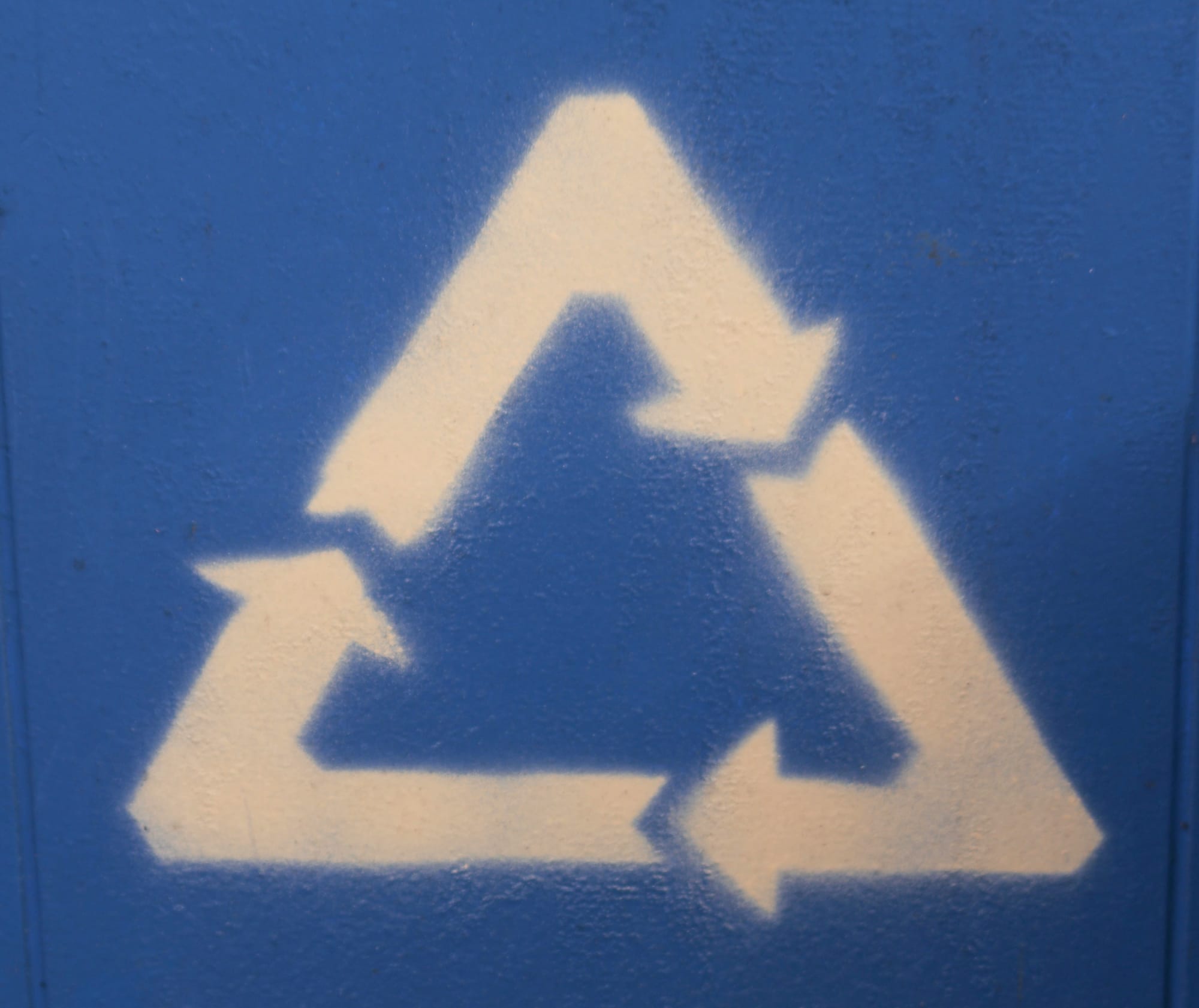
Margaret River Hemp Co in Australia shows how such a circular model can be implemented in practice. The company operates the first regional hemp processing plant in Western Australia and uses the entire plant. Fibres are turned into textiles or insulation materials, while the wood core is used to make building materials such as hempcrete.
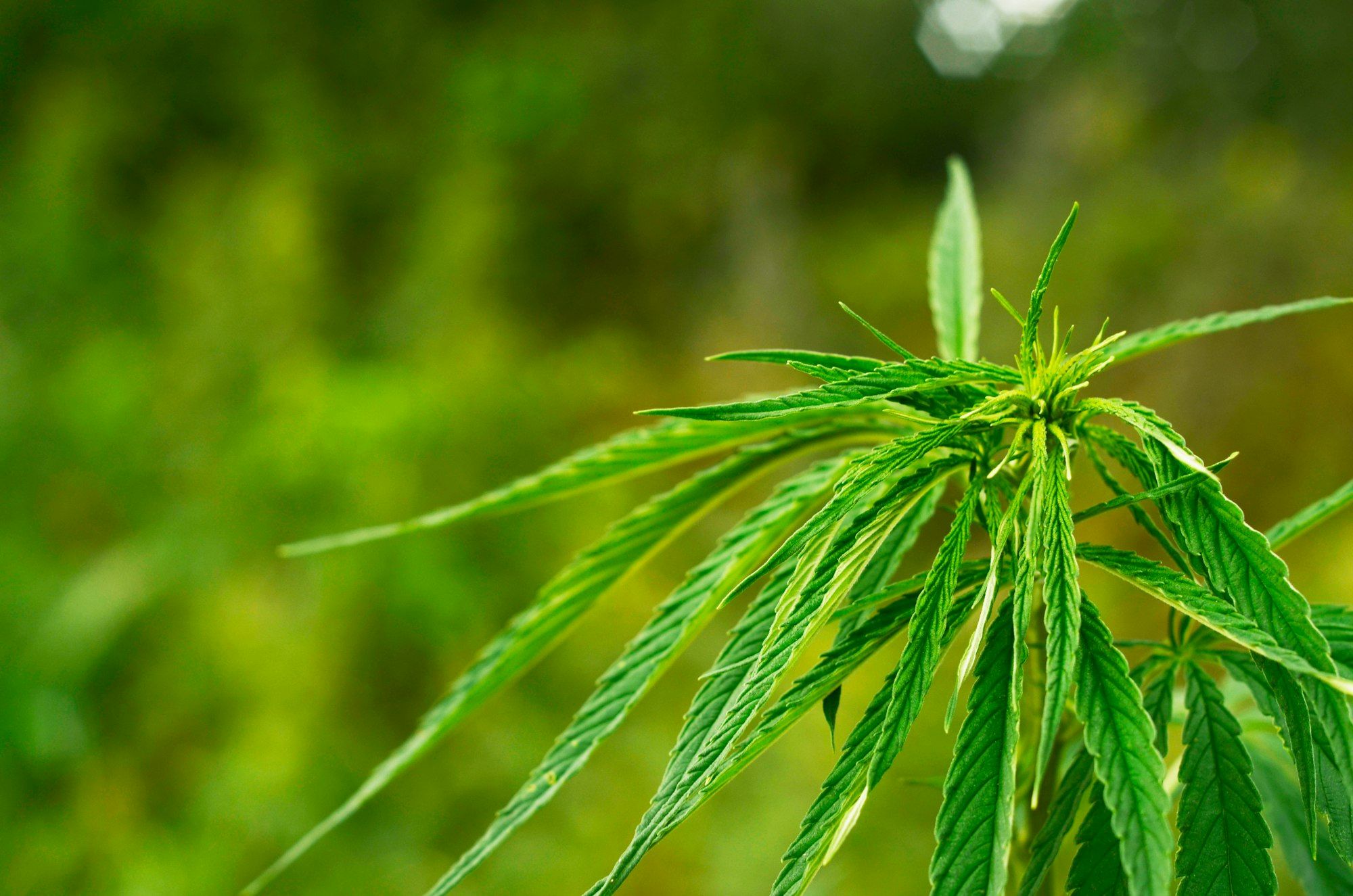
But even the residual materials do not end up in the rubbish. Instead, the company produces small quantities of hemp biochar, which is even used in personal care products such as soaps and scrubs. This example impressively demonstrates how versatile biochar can be – from agricultural soil improver to ingredient in sustainable cosmetics.

Conclusion: A climate strategy with double benefits
The combination of hemp and biochar could have great potential for agriculture. Hemp improves soil health, binds CO₂ and provides valuable raw materials. Biochar stores additional carbon in the long term, increases water storage capacity and reduces the need for fertilisers.
Together, they offer farmers not only ecological advantages but also economic opportunities – from lower costs and higher yields to new business areas.

